We welcome back regular contributor to The Ecological Disciple, Noah Guthrie. Born in Scotland, raised in Nashville, Noah serves as A Rocha USA’s Nashville Conservation Coordinator.
I wasn’t prepared for the chickens. There they were, warbling and bustling in a swirl of black and ginger feathers, while the red-brick front of Madison Church of Christ stood just a parking lot away. Extending past the chickens’ wire enclosure were rows of emerald, bristle-palmed crops, arcing trellises, and starbursts of tiny red flowers.
For years, a small team of volunteers from Madison Church of Christ has maintained this vegetable garden. They pick from its stalks and vines, feed the goldfish glinting in their aquaponic crates, and spin their hefty composters, which digest whatever can’t be tossed to the chickens. Out of this little network of soil and sun, of water, leaf, gill, and beak, eggplants bubble up, as well as zucchini, bell peppers, jalapeños, pumpkins, green beans, and tomatillos.
This space - called the “Roots Garden” - is a refuge for plants and pollinators, and its crops help to feed low-income and unhoused individuals surrounding Madison Church of Christ as well. In other words, this congregation blesses both their human community and their broader ecosystem, all by tending well to their soil.
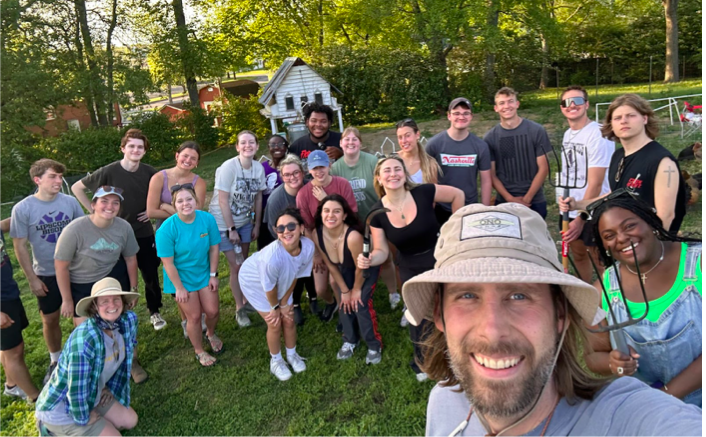
Around mid-August, this church joined three other congregations of Nashville, TN, as members of A Rocha USA’s “Churches of Restoration” program. This new initiative offers community, accountability, and resources to empower churches across the U.S. to integrate creation care values into their congregational lives. In all, the program supports 23 churches across four cohorts. Three of these cohorts are located in Austin, TX, Nashville, TN, and Orlando/Titusville, FL, and the fourth (being a virtual group) encompasses a variety of states, including Oregon, Wisconsin, and Massachusetts.
I’m based in Nashville, so I’ve been checking in with the four Nashville teams in our program, getting a sense of their needs and goals. One of these churches owns a twelve-acre property where they hope to host a rescued beehive. Another of our churches doesn’t even own a building, but is still leading a variety of sustainability initiatives, including the development of a neighborhood toolshed, a pollinator garden, and a children’s curriculum that incorporates creation care values.
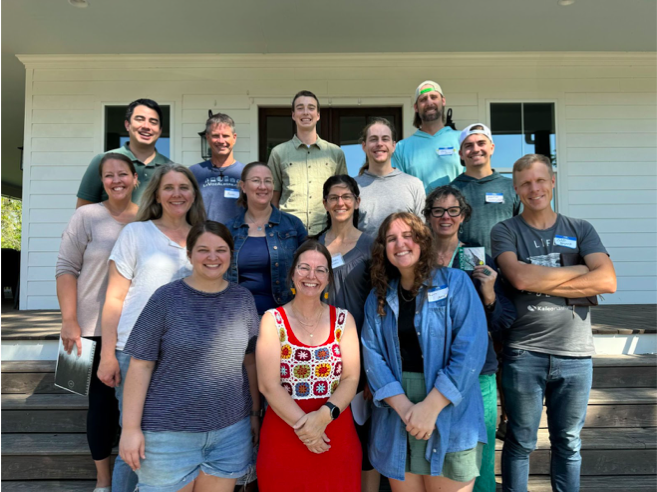
Across all four of the Nashville congregations - Anglican, Church of Christ, Episcopalian, and Nazarene - church leaders have submitted project ideas ranging from eco-theology book studies to native plant swaps, reusable Sunday bulletins, creation-conscious liturgies, and sustainable garden development. I’m excited to support our partners in bringing these plans to fruition.
One thing I appreciate about the Churches of Restoration program is that it requires each church to design a minimum of two creation care projects: one related to spiritual formation, the other to practical action. By insisting on action, we push back on the temptation to just add “sustainability” to the list of issues we discuss at Bible studies, and by insisting on spiritual formation, we affirm that effective environmental action begins with inner transformation.
Internal change is a topic that the environmental movement has sometimes overlooked. It can be tempting to reduce sustainability to a series of superficial fixes: develop clean energy, build green cities, establish circular economies, reform our laws, modify our habits… All of these are vital goals that we must pursue, but if we glaze over the underlying problems of greed, arrogance, and hatred, of social oppression and anthropocentric myopia, have we really addressed the root of the ecological crisis? Moreover, if our environmental “solutions” fail to address that root, how long will it take for things to fall apart again?
Though religious communities have a good foundation for understanding the significance of these “root problems,” others have taken notice, too. Arne Næss, for instance - one of the main proponents of the philosophical movement known as “Deep Ecology” - critiqued those who “try to influence policy-making bodies largely through threats” and “through predictions concerning pollutants and resource depletion” rather than appealing to a broader ethic, a reformed set of moral narratives that encompasses the whole biosphere (Næss, “The Shallow and the Deep”).
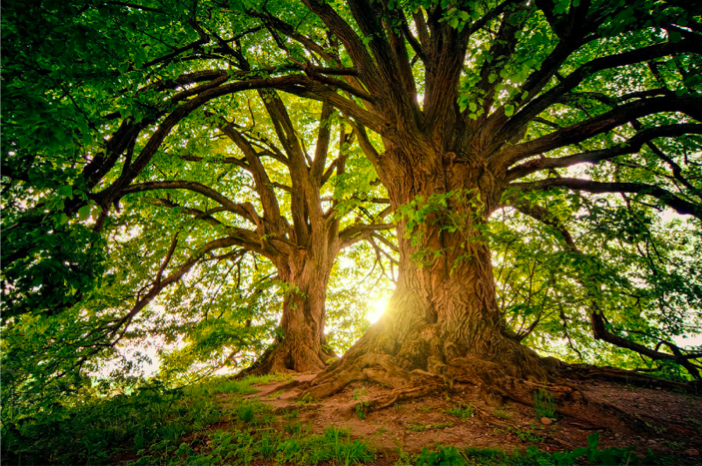
In a similar vein, Pope Francis has written about the “spiritual roots” of the ecological crisis, insisting that we can only heal the planet if we “replace consumption with sacrifice, greed with generosity, wastefulness with a spirit of sharing” (Francis, Laudato Si’). The state of the human heart, in other words, has global ramifications for God’s creation, whether for better or worse.
This “deeper work” that Næss and the Pope refer to is part of what I hope the Churches of Restoration program will accomplish: the transformation of human hearts, and the channeling of transformed lives towards practical conservation work.
While this vision is inspiring, one thing I’ve learned these past months is that it’s slow work, and its results are less tangible in the early stages. Unlike some of my past efforts I’ve written about in The Ecological Disciple, like planting oyster reefs and supporting seagrass restoration, my current work hasn’t involved a lot of building things or gathering data - things you can more easily see, touch, or measure. Instead, I’m working at something more subtle: supporting church leaders as they (hopefully) shape their congregations, and their congregations as they (with luck) shape the wider community.
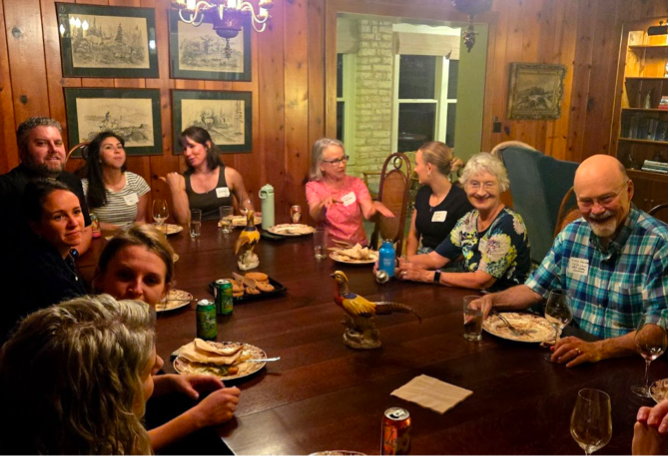
Hearts and habits don’t change overnight, and as I pour hours of effort into writing and editing blogs, emailing congregations, supporting webinars, and encouraging our church partners as they plan and enact community events, it can be easy to feel that my work isn’t making much of an impact.
Yet, this relational work - this gentle, patient cultivation of an ecological consciousness - is exactly the kind of effort we need in this era of planetary devastation. Much like the garden at Madison Church of Christ, our work spreads at a slow yet sturdy crawl, paying just as much attention to the depth of its roots as the abundance of its fruit.
We have 23 churches, 23 seeds, planted all across the U.S. As they bloom - and many already have - this barren soil will become an orchard.
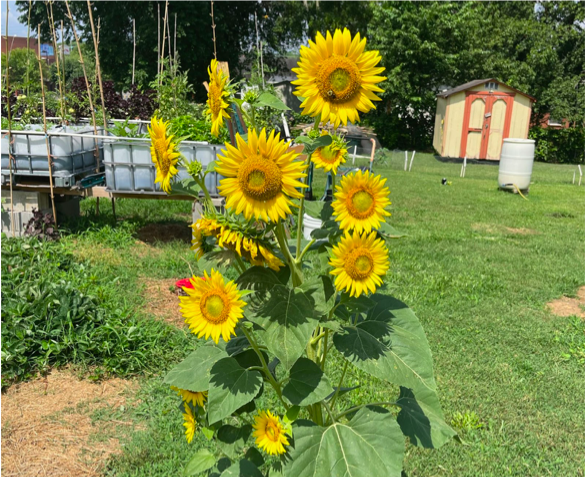
Thanks for reading through my post! If you have any thoughts you’d like to share about your own experiences of what earthkeeping and cultural formation look like, feel free to email me at “noah.guthrie@arocha.org.”
Also, for any who feel led to give, most of the funding for my role with A Rocha USA comes from my personal fundraising efforts. You can find my fundraising page using the following link: https://arocha.us/guthrie.
Want to learn more?